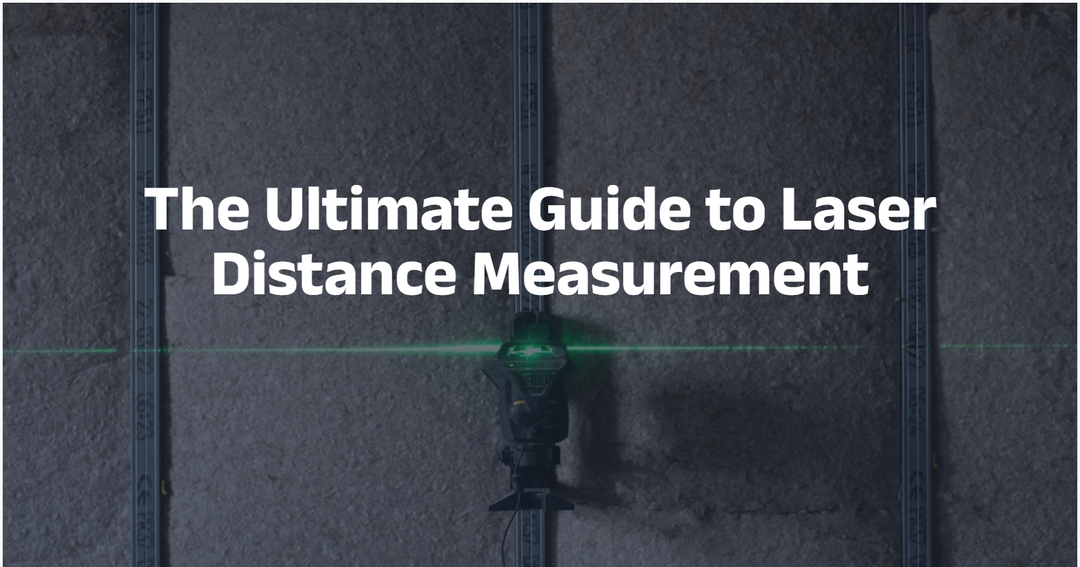Optical Power Meters vs. Visual Fault Locators: Which is Right for You
Fiber optic networks are critical for modern communication systems, but ensuring that these networks are functioning properly can be a challenge. Testing and troubleshooting fiber optic networks require specialized tools, including optical power meters and visual fault locators. These devices play a crucial role in identifying and diagnosing issues that can impact network performance, but understanding the differences between these tools can be confusing.
In this article, we'll compare and contrast optical power meters and visual fault locators to help you determine which one is right for your needs. We'll examine the key features, applications, and advantages and disadvantages of each device. Additionally, we'll outline important factors to consider when choosing between an optical power meter and a visual fault locator. By the end of this article, you'll have a better understanding of these tools and be able to make an informed purchasing decision.
Optical Power Meters

A. Definition and Explanation of Optical Power Meters
Optical power meters are devices used to measure the power of light signals transmitted through fiber optic cables. They can be used to measure the power of a single wavelength or multiple wavelengths, and they are typically calibrated to measure power in decibels (dB). Optical power meters are an essential tool for testing and troubleshooting fiber optic networks, as they allow technicians to verify that optical signals are being transmitted correctly and that the network is operating at the appropriate power levels.
B. Key Features and Capabilities
Optical power meters come in a range of sizes and configurations, but they all share some common features and capabilities. Here are some of the key features of optical power meters:
Power Range: Optical power meters can typically measure a range of optical power levels, from a few microwatts (μW) to several milliwatts (mW).
Wavelength Range: Optical power meters can be calibrated to measure a single wavelength or multiple wavelengths, depending on the model and application.
Accuracy: Optical power meters are highly accurate, with most models offering accuracy within ±0.1 dB.
Display: Optical power meters typically have a digital display that shows the measured power level in decibels (dB).
C. Applications and Uses for Optical Power Meters
Optical power meters are used in a variety of applications and settings, including:
- Fiber optic network testing and troubleshooting
- Optical power level monitoring
- Fiber optic component testing and characterization
- Optical power meter calibration
D. Pros and Cons of Using an Optical Power Meter
Here are some advantages and disadvantages of using an optical power meter:
Pros:
- Highly accurate measurements
- Wide range of power and wavelength measurement capabilities
- Can be used to measure power levels at various points in a network
Cons:
- Generally more expensive than visual fault locators
- Cannot detect visual faults or issues with connector cleanliness or alignment
Visual Fault Locators

A. Definition and Explanation of Visual Fault Locators
Visual fault locators (VFLs) are devices used to detect faults or issues in fiber optic cables by emitting a bright red laser light that travels through the cable. They are a simple, inexpensive tool that can quickly and easily locate breaks, bends, and other issues in fiber optic cables. VFLs can also be used to verify connector cleanliness and alignment.
B. Key Features and Capabilities
Visual fault locators come in a range of sizes and configurations, but they all share some common features and capabilities. Here are some of the key features of visual fault locators:
Laser Output: VFLs emit a bright red laser light that can travel through fiber optic cables to identify faults or issues.
Battery Life: VFLs typically use a single battery that can last for several hours of continuous use.
Size and Shape: VFLs come in a variety of sizes and shapes, with some models resembling a pen or flashlight and others resembling a handheld device.
C. Applications and Uses for Visual Fault Locators
Visual fault locators are used in a variety of applications and settings, including:
- Fiber optic network testing and troubleshooting
- Verification of fiber optic cable routing and continuity
- Connector inspection and cleaning
- D. Pros and Cons of Using a Visual Fault Locator
Here are some advantages and disadvantages of using a visual fault locator:
Pros:
- Inexpensive compared to optical power meters
- Quick and easy to use
- Can detect visual faults, such as breaks, bends, or damage to the cable
Cons:
- May not be accurate in identifying the specific location of a fault or issue
- IV. Factors to Consider When Choosing Between an Optical Power Meter and a Visual Fault Locator
When choosing between an optical power meter and a visual fault locator, there are several factors to consider:
Type of Application: Consider the specific needs and requirements of your application. If you need to measure power levels or troubleshoot complex network issues, an optical power meter may be the better choice. If you only need to quickly identify visual faults, a visual fault locator may be sufficient.
Budget: Optical power meters are generally more expensive than visual fault locators, so your budget may be a deciding factor.
Level of Expertise: Optical power meters require a higher level of expertise to use effectively, while visual fault locators are generally simpler to use and require less technical knowledge.
Portability: Consider the portability of the device, especially if you need to use it in a variety of locations or settings. Optical power meters can be larger and heavier than visual fault locators, which may impact their portability.
Conclusion
In conclusion, both optical power meters and visual fault locators are important tools for testing and troubleshooting fiber optic networks. Understanding the differences between these devices and considering the specific needs of your application can help you choose the right tool for your needs. Whether you choose an optical power meter, a visual fault locator, or both, having these tools in your arsenal can help you maintain the performance and reliability of your fiber optic network.




